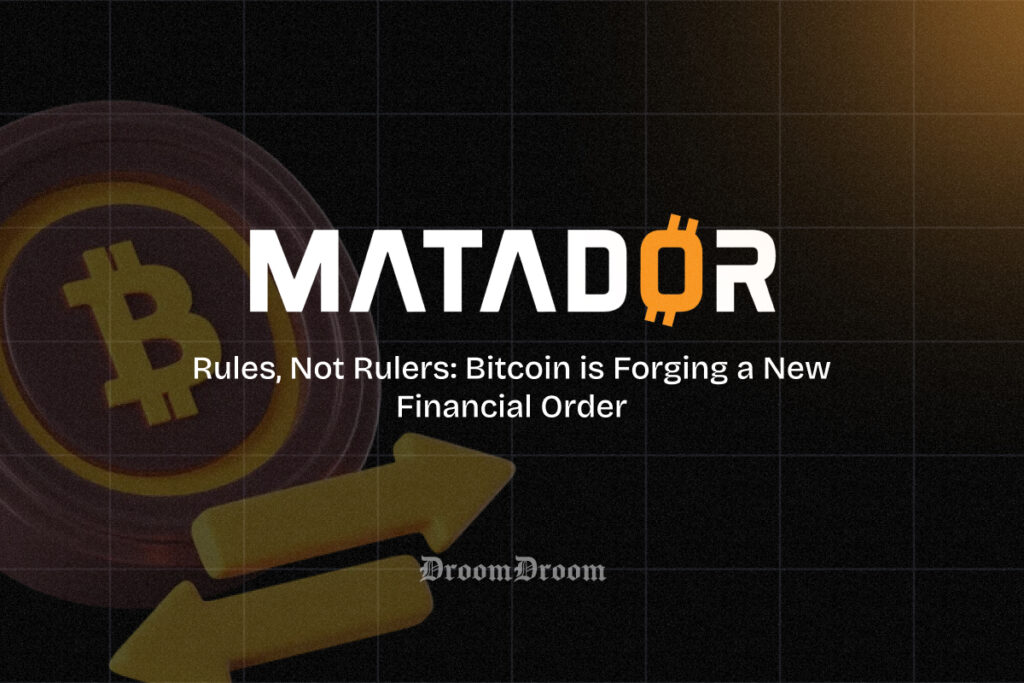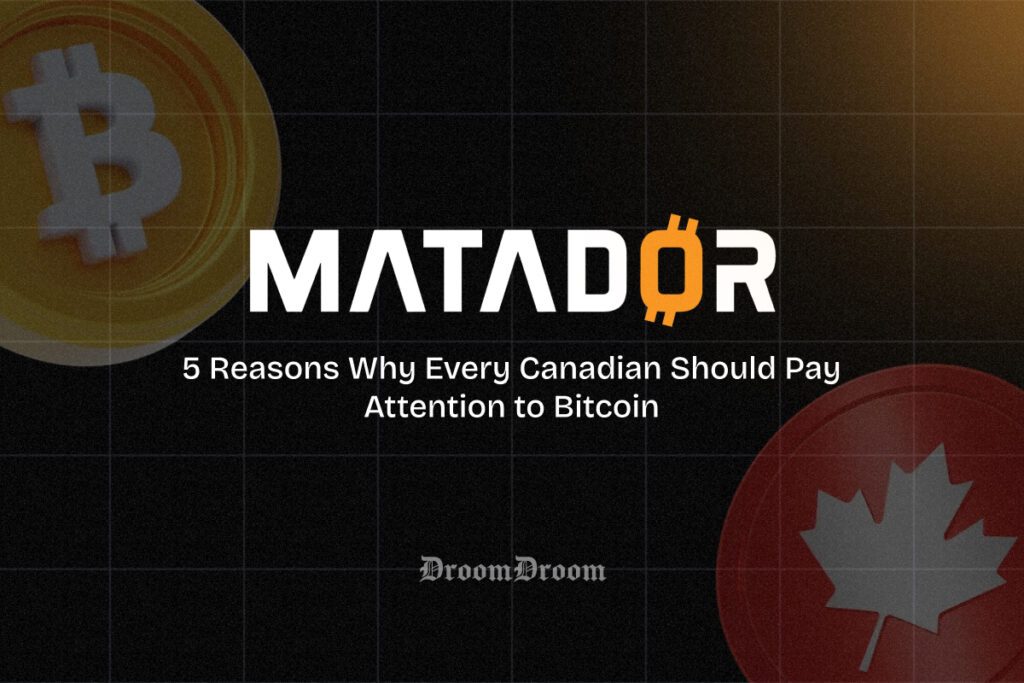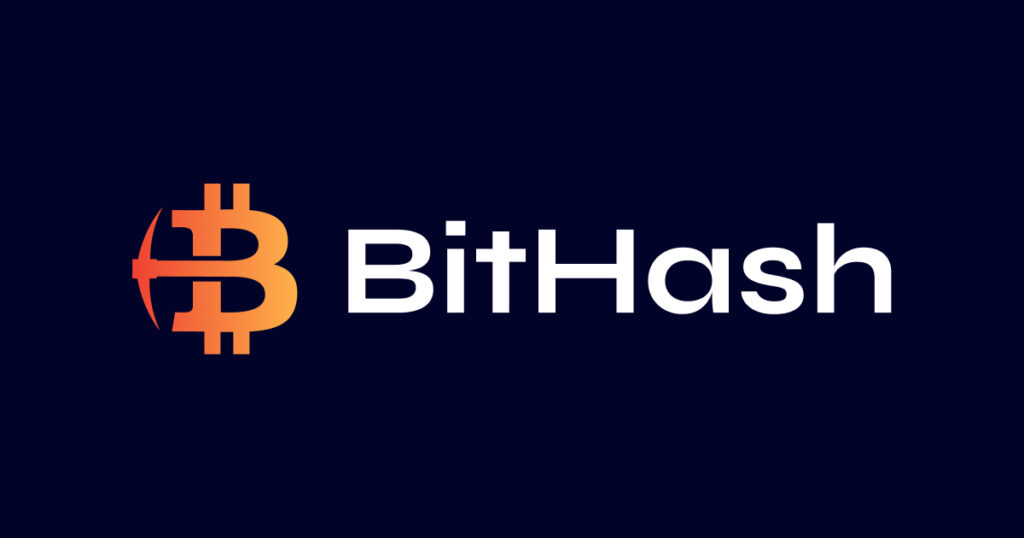Rules, Not Rulers: Bitcoin is Forging a New Financial Order


The global financial system operates on a fiat standard, where the value of money is decreed by governments and managed by central banks. This framework is designed for flexibility, but the tools used to manage it, particularly in an era of unconventional policy have led to a systemic erosion of purchasing power. This has prompted forward-thinking individuals and corporations to seek alternatives, turning to the decentralized, mathematically verifiable scarcity of Bitcoin.
The Structural Flaw of the Fiat Standard
Modern central banks operate with a dual mandate: to maintain price stability and maximize employment. Price stability is typically defined as a low, positive rate of inflation, often targeted at 2% annually. This means the system is explicitly designed for currency to lose value over time.
To combat economic downturns, central banks have moved beyond conventional tools like adjusting short-term interest rates. Since the 2008 financial crisis, Quantitative Easing (QE)—the large-scale purchase of government and corporate bonds financed by creating new central bank reserves has become a standard crisis-response tool. This massive expansion of the money supply, while intended to stimulate the economy, structurally devalues the currency. What was once an emergency measure is now a recurring feature of monetary policy, making periodic currency debasement an institutionalized reality. This creates a persistent, unseen tax on savings and corporate treasuries.
Bitcoin: A New Economic Paradigm
In stark contrast to the elastic and inflationary nature of fiat money, Bitcoin offers a monetary system governed by rules, not rulers. Its foundation is built on three key principles:
- Decentralized Architecture: The Bitcoin network operates on a peer-to-peer basis, with no central authority. Transactions are recorded on a public ledger, the blockchain, which is maintained and validated by a global network of nodes. This decentralization makes it resilient and censorship-resistant.
- Trust Through Code: Security is achieved not through trust in institutions, but through cryptography and a consensus mechanism called Proof-of-Work. This process secures the network and makes the transaction history virtually immutable.
- Absolute Scarcity: Bitcoin’s most critical economic feature is its fixed supply. The protocol’s code dictates that only 21 million bitcoin will ever be created. This hard cap, combined with a predictable and decreasing issuance schedule (the “halving”), makes Bitcoin a deflationary asset by design, immune to the debasement that plagues fiat currencies.
This predictable, finite monetary policy presents a fundamental alternative for preserving long-term purchasing power.
Matador Technologies: Architecting a Bitcoin-Native Future
As the theoretical debate between these two systems plays out, a new class of public companies is taking decisive action. Matador Technologies Inc. (TSXV: MATA, OTCQB: MATAF, FSE: IU3) has emerged as a leader in this space, positioning itself as a “Bitcoin Ecosystem Company” by building its corporate strategy around the principles of the Bitcoin protocol.
Matador’s vision is executed through a clear, self-reinforcing strategy:
- Buy and Hold Bitcoin: Use Bitcoin as the primary treasury reserve asset to protect corporate capital from fiat currency devaluation.
- Build on Bitcoin: Develop and launch revenue-generating products and financial services directly on the Bitcoin network, that earn Bitcoin denominated revenue, directly increasing Bitcoin per Share (“BPS”).
- Generate Treasury Yield: Implement advanced treasury strategies designed to monetize Bitcoin’s volatility, including BTC Volatility Capture Yield Mining and synthetic Bitcoin mining.
This model moves beyond passive investment, representing a venture-style commitment to the growth of the entire Bitcoin economy.
From Theory to Execution
Matador’s leadership has been transparent in executing its strategy. The company has deliberately shifted toward “sound money assets,” using Bitcoin as a primary tool to preserve its balance sheet. As of early August 2025, Matador’s treasury held 77.4 BTC alongside disciplined reserves of cash.
“This acquisition reflects our intention to increase our Bitcoin per share as part of our reserve asset strategy,” said Mark Moss, Chief Visionary Officer of Matador. “We intend to continue increasing our Bitcoin position to align the Company with the global shift to sound money assets”.
Matador is also executing a calculated global expansion, beginning with a strategic investment to acquire up to a 24% stake in HODL Systems, a digital asset treasury firm in India. This move targets a high-growth market characterized by inflation concerns, a cultural affinity for gold, and a large, tech-savvy population factors that make it fertile ground for Matador’s Bitcoin-centric model. Drawing on real-world precedents such as Japan-listed Metaplanet, which pivoted from hospitality to a Bitcoin treasury strategy and reported it transparently to the market, Matador believes India offers a conducive environment for BTC treasury adoption.
Metaplanet’s disciplined accumulation, strong governance, and institutional-grade custody made it one of Asia’s most visible public holders, attracting global investor attention and creating meaningful shareholder value. The takeaway is simple: clear policy, regular disclosures, and robust controls can deliver similar outcomes in regulated markets like India.
Conclusion: A New Monetary Axis
The digital age has created a clear choice between two financial systems: one based on centralized control and engineered inflation, the other on decentralized consensus and absolute scarcity. The emergence of Bitcoin-native companies like Matador Technologies provides a tangible pathway for investors and corporate leaders to navigate this new reality.
By holding Bitcoin as a primary reserve asset, Matador offers unique exposure not just to the price of an asset, but to the growth of an entire economy. It stands as a thought partner and a pioneering example of how to build a resilient enterprise for a new monetary era.
Read More

5 Reasons Why Every Canadian Should Pay Attention to Bitcoin
Rules, Not Rulers: Bitcoin is Forging a New Financial Order


The global financial system operates on a fiat standard, where the value of money is decreed by governments and managed by central banks. This framework is designed for flexibility, but the tools used to manage it, particularly in an era of unconventional policy have led to a systemic erosion of purchasing power. This has prompted forward-thinking individuals and corporations to seek alternatives, turning to the decentralized, mathematically verifiable scarcity of Bitcoin.
The Structural Flaw of the Fiat Standard
Modern central banks operate with a dual mandate: to maintain price stability and maximize employment. Price stability is typically defined as a low, positive rate of inflation, often targeted at 2% annually. This means the system is explicitly designed for currency to lose value over time.
To combat economic downturns, central banks have moved beyond conventional tools like adjusting short-term interest rates. Since the 2008 financial crisis, Quantitative Easing (QE)—the large-scale purchase of government and corporate bonds financed by creating new central bank reserves has become a standard crisis-response tool. This massive expansion of the money supply, while intended to stimulate the economy, structurally devalues the currency. What was once an emergency measure is now a recurring feature of monetary policy, making periodic currency debasement an institutionalized reality. This creates a persistent, unseen tax on savings and corporate treasuries.
Bitcoin: A New Economic Paradigm
In stark contrast to the elastic and inflationary nature of fiat money, Bitcoin offers a monetary system governed by rules, not rulers. Its foundation is built on three key principles:
- Decentralized Architecture: The Bitcoin network operates on a peer-to-peer basis, with no central authority. Transactions are recorded on a public ledger, the blockchain, which is maintained and validated by a global network of nodes. This decentralization makes it resilient and censorship-resistant.
- Trust Through Code: Security is achieved not through trust in institutions, but through cryptography and a consensus mechanism called Proof-of-Work. This process secures the network and makes the transaction history virtually immutable.
- Absolute Scarcity: Bitcoin’s most critical economic feature is its fixed supply. The protocol’s code dictates that only 21 million bitcoin will ever be created. This hard cap, combined with a predictable and decreasing issuance schedule (the “halving”), makes Bitcoin a deflationary asset by design, immune to the debasement that plagues fiat currencies.
This predictable, finite monetary policy presents a fundamental alternative for preserving long-term purchasing power.
Matador Technologies: Architecting a Bitcoin-Native Future
As the theoretical debate between these two systems plays out, a new class of public companies is taking decisive action. Matador Technologies Inc. (TSXV: MATA, OTCQB: MATAF, FSE: IU3) has emerged as a leader in this space, positioning itself as a “Bitcoin Ecosystem Company” by building its corporate strategy around the principles of the Bitcoin protocol.
Matador’s vision is executed through a clear, self-reinforcing strategy:
- Buy and Hold Bitcoin: Use Bitcoin as the primary treasury reserve asset to protect corporate capital from fiat currency devaluation.
- Build on Bitcoin: Develop and launch revenue-generating products and financial services directly on the Bitcoin network, that earn Bitcoin denominated revenue, directly increasing Bitcoin per Share (“BPS”).
- Generate Treasury Yield: Implement advanced treasury strategies designed to monetize Bitcoin’s volatility, including BTC Volatility Capture Yield Mining and synthetic Bitcoin mining.
This model moves beyond passive investment, representing a venture-style commitment to the growth of the entire Bitcoin economy.
From Theory to Execution
Matador’s leadership has been transparent in executing its strategy. The company has deliberately shifted toward “sound money assets,” using Bitcoin as a primary tool to preserve its balance sheet. As of early August 2025, Matador’s treasury held 77.4 BTC alongside disciplined reserves of cash.
“This acquisition reflects our intention to increase our Bitcoin per share as part of our reserve asset strategy,” said Mark Moss, Chief Visionary Officer of Matador. “We intend to continue increasing our Bitcoin position to align the Company with the global shift to sound money assets”.
Matador is also executing a calculated global expansion, beginning with a strategic investment to acquire up to a 24% stake in HODL Systems, a digital asset treasury firm in India. This move targets a high-growth market characterized by inflation concerns, a cultural affinity for gold, and a large, tech-savvy population factors that make it fertile ground for Matador’s Bitcoin-centric model. Drawing on real-world precedents such as Japan-listed Metaplanet, which pivoted from hospitality to a Bitcoin treasury strategy and reported it transparently to the market, Matador believes India offers a conducive environment for BTC treasury adoption.
Metaplanet’s disciplined accumulation, strong governance, and institutional-grade custody made it one of Asia’s most visible public holders, attracting global investor attention and creating meaningful shareholder value. The takeaway is simple: clear policy, regular disclosures, and robust controls can deliver similar outcomes in regulated markets like India.
Conclusion: A New Monetary Axis
The digital age has created a clear choice between two financial systems: one based on centralized control and engineered inflation, the other on decentralized consensus and absolute scarcity. The emergence of Bitcoin-native companies like Matador Technologies provides a tangible pathway for investors and corporate leaders to navigate this new reality.
By holding Bitcoin as a primary reserve asset, Matador offers unique exposure not just to the price of an asset, but to the growth of an entire economy. It stands as a thought partner and a pioneering example of how to build a resilient enterprise for a new monetary era.
Read More

